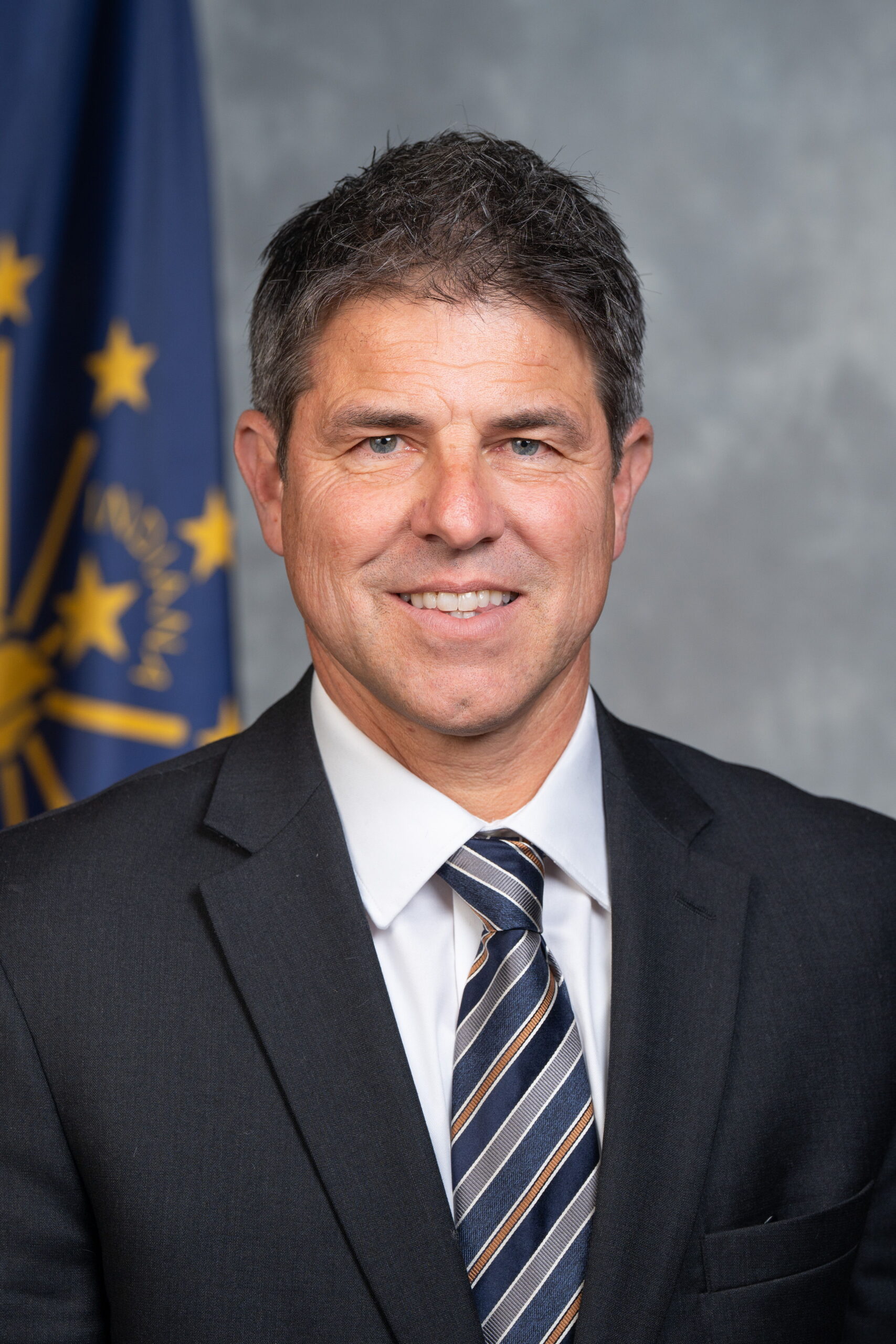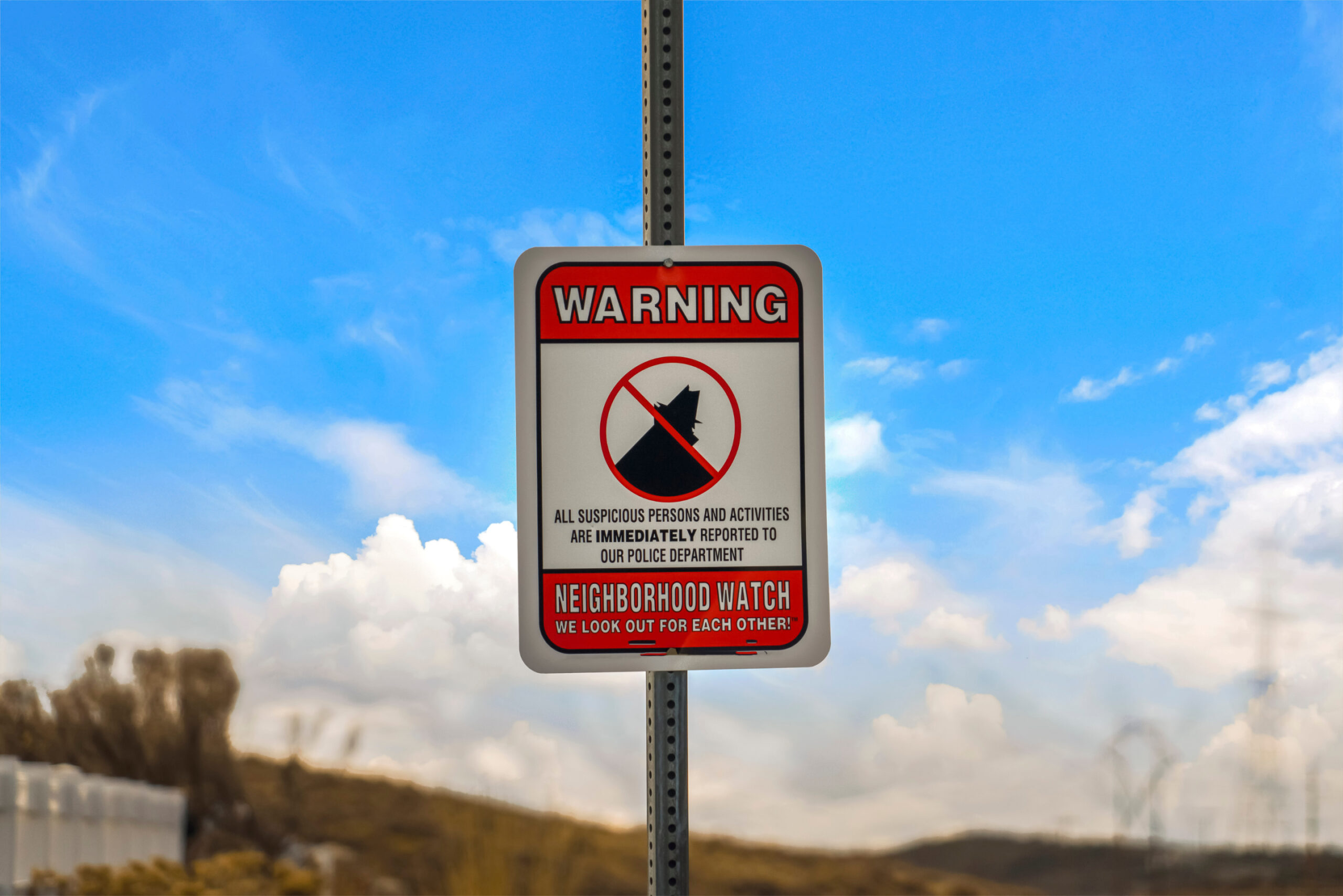After 9 Prison Homicides, Arizona Panel Launches Sweeping Safety Review

The day after a tense, hours-long hearing at the State Capitol, two Arizona legislators put the state’s prison system on notice. Representative Quang Nguyen and Senator Kevin Payne, who co-chair the Joint Ad Hoc Study Committee on Correctional Practices and Facility Safety, say the Arizona Department of Corrections, Rehabilitation and Reentry (ADCRR) must answer for a rise in violence behind bars — and for decisions they argue made a dangerous situation worse.
At Tuesday’s hearing, ADCRR Director Ryan Thornell confirmed that nine inmates have been killed so far this year. Lawmakers also cited climbing assaults against staff and prisoners on his watch, and focused sharply on inmate classification — the internal process that determines where and how people are housed. Members pressed Thornell on why high-risk offenders, including Ricky Wassenaar, accused of three murders in April, were reassigned to less restrictive custody levels despite known histories of violence.
“The people of Arizona deserve answers when preventable deaths occur inside state prisons,” Nguyen said after the hearing, calling what the committee heard a pattern of poor decisions and “troubling gaps in transparency at the top.” Moving violent offenders into less secure settings, he argued, has put both staff and inmates at risk — with tragic results.
Video of the hearing was posted for the public to review, a move that underscores the political stakes and the committee’s insistence on daylight during a period of intense scrutiny. Transparency — how the department communicates with lawmakers, employees, families, and the broader public — was a recurring theme throughout the day.
Payne, a former corrections officer turned lawmaker, framed the issue as both a workplace safety crisis and a public-safety imperative. Those who’ve spent their careers in Arizona prisons, he said, “told us plainly that leadership decisions are putting lives at risk.” Rather than doubling down on policies the committee views as failed, he urged the department to “reverse course” and be forthright with both the Legislature and the public. “Our duty as lawmakers,” he added, “is to hold the Department accountable and make sure public safety, inside and outside the prison walls, is not compromised.”
The exchange captured a broader dynamic that resonates beyond Arizona. Across the country, corrections agencies are balancing tight budgets, staffing shortages, aging facilities, and the complex realities of housing people with violent histories. Classification is the quiet engine room of any prison system — it decides everything from cell placement to program access to security protocols — and when that engine misfires, the consequences can be immediate and severe. For officers and staff, it’s a question of coming home safe at the end of a shift. For incarcerated people, it’s the difference between stability and harm. For families and taxpayers, it’s a matter of trust in a system charged with both custody and rehabilitation.
Nguyen said Thornell indicated a willingness to meet regularly with the committee to address concerns. The co-chair welcomed that commitment and emphasized that the process ahead isn’t about political theater; it’s about measurable change. “Our responsibility is to increase public accountability so that staff and inmates are safe,” Nguyen said, pledging to keep the pressure on until the department demonstrates that safety is the first principle driving its decisions.
What comes next is a methodical review — and, lawmakers promise, a public one. The committee will examine inmate classification practices with a fine-tooth comb, look at security staffing levels, and probe how information moves inside the agency and out to the public. Internal oversight of ADCRR decision-making will be part of that inquiry. In the coming months, the committee plans to publish a detailed report of its findings and recommendations.
For Arizona, the moment is a stress test of leadership and systems. For a national audience, it’s a reminder that corrections policy doesn’t live in the margins — it shapes safety and justice in tangible ways. Nine people are dead this year behind Arizona’s prison walls. Lawmakers say that number is not a statistic to be filed away; it’s a mandate for urgency. Whether the department’s promised cooperation translates into fewer assaults, fewer homicides, and a clearer line of sight into how decisions get made is now a question with statewide — and national — attention.
RECENT










BE THE FIRST TO KNOW
More Content By
Think American News Staff










